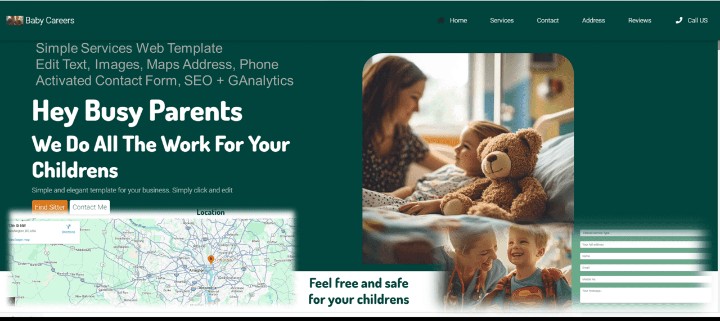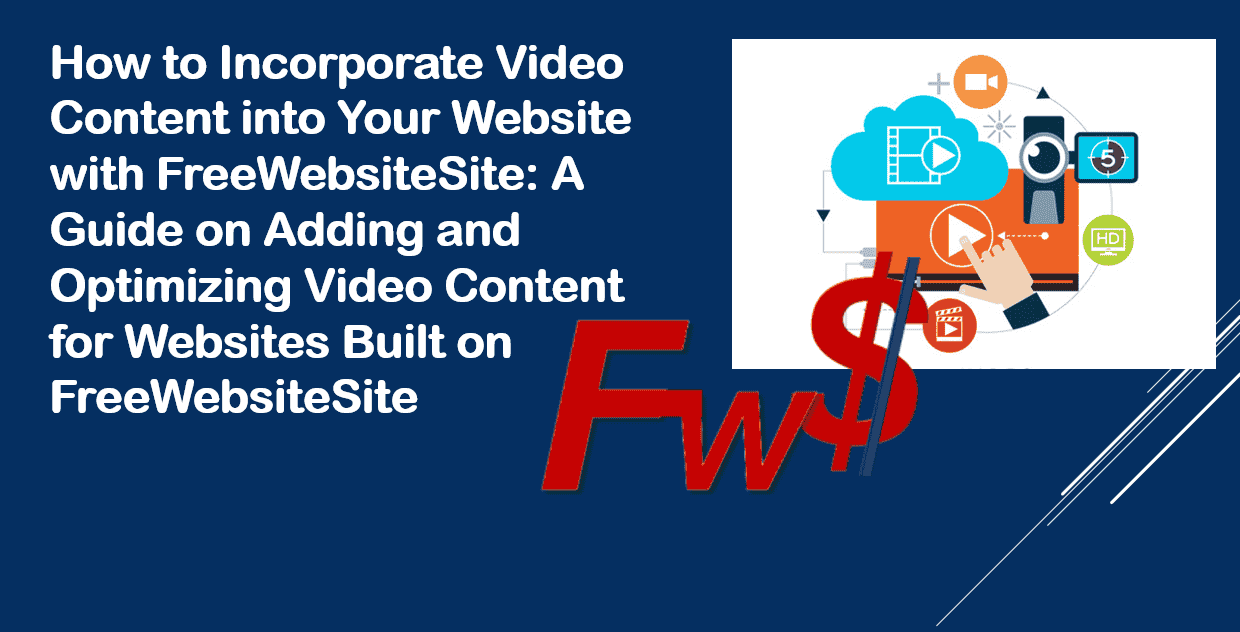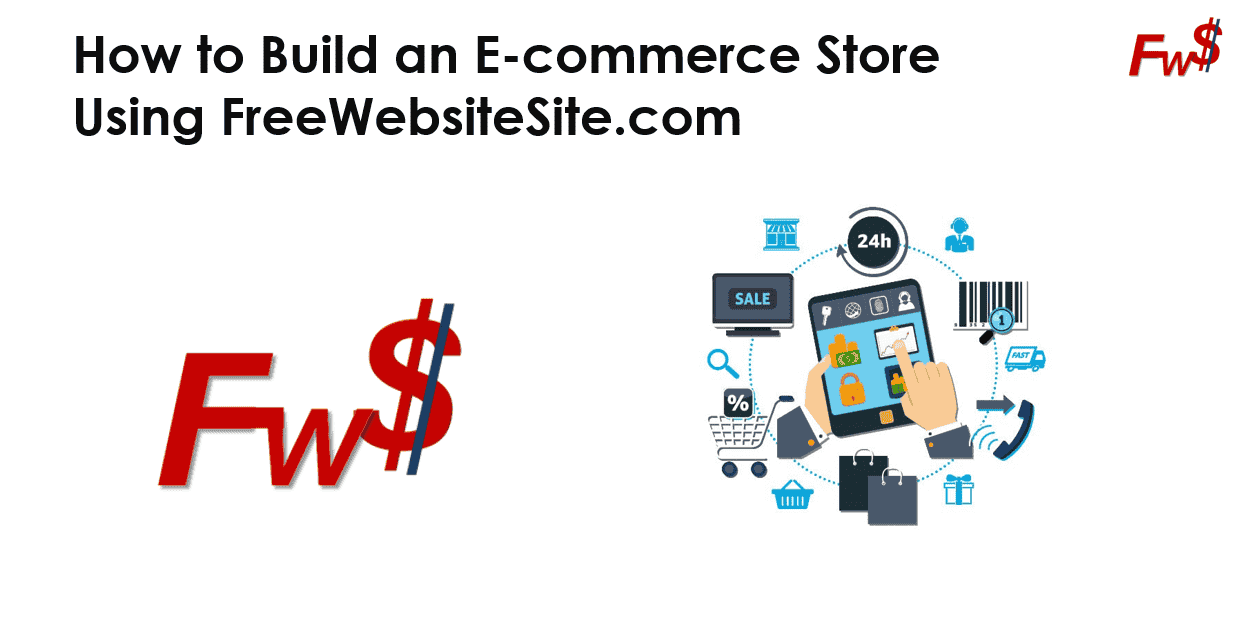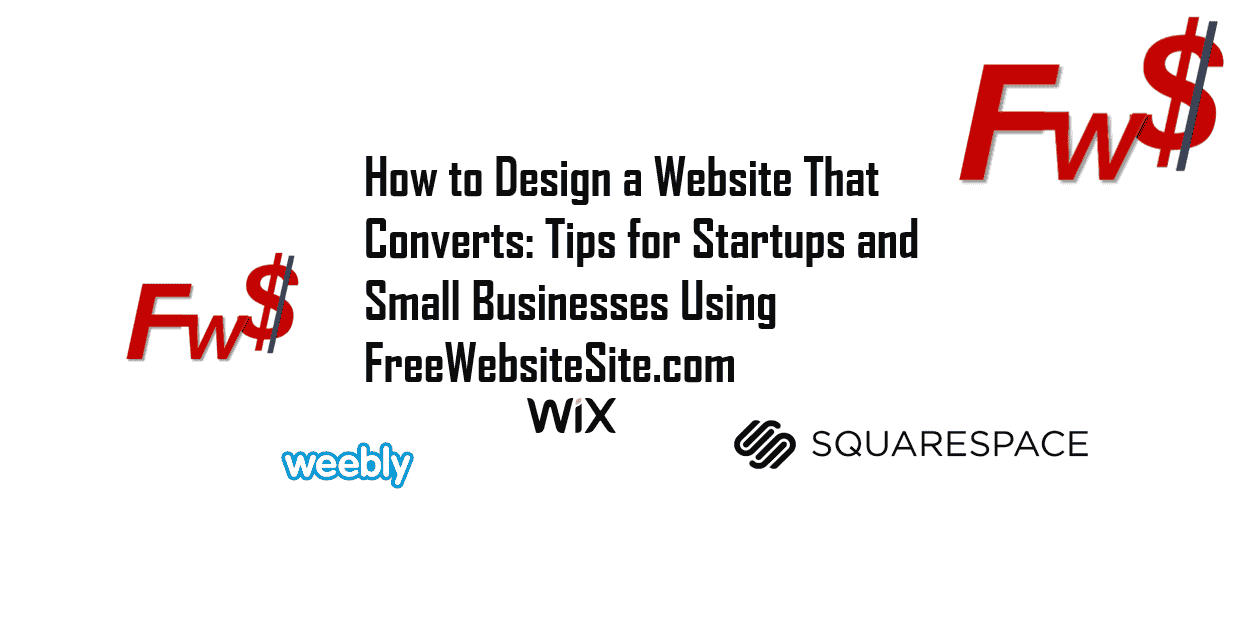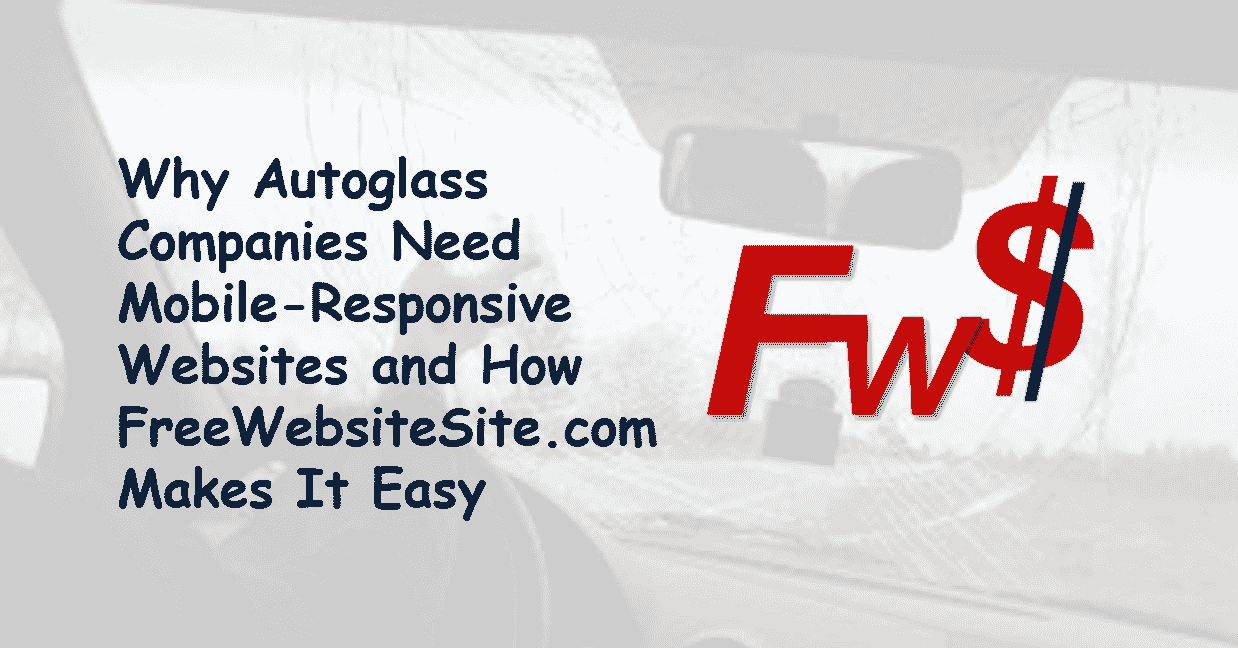Building a Nonprofit Website That Drives Donations
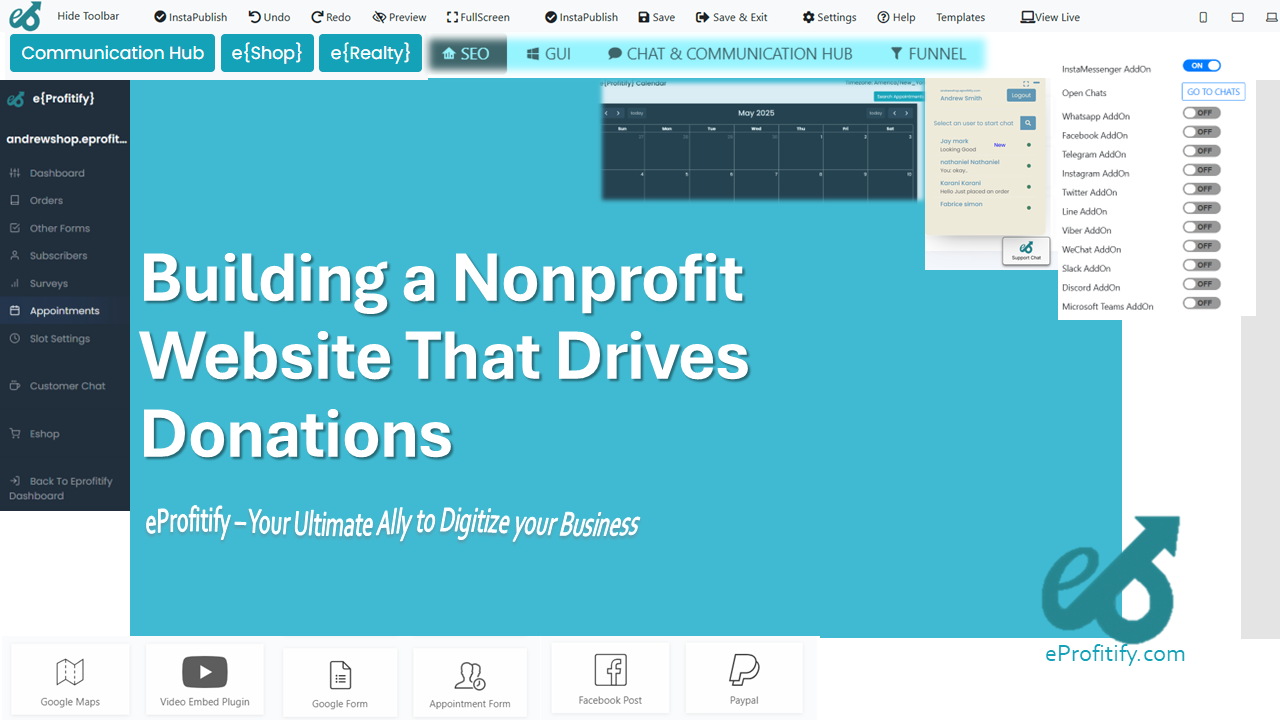
Building a Nonprofit Website That Drives Donations: A Data-Driven Guide
In today’s digital-first world, a nonprofit’s website is its most critical tool for attracting supporters, communicating its mission, and securing donations. With 33% of global donors preferring to give online (Nonprofits Source, 2023) and 60% of donors researching organizations online before contributing (Global Trends in Giving Report), a well-designed website can make or break fundraising success. However, creating a site that drives donations requires strategy, empathy, and technical expertise. This guide explores actionable steps to build a high-impact nonprofit website, supported by statistics and insights, including how platforms like eProfitify streamline the process for organizations lacking in-house resources.
1. The Importance of a High-Quality Nonprofit Website
Nonprofits often operate on tight budgets, making every dollar count. Yet investing in a professional website pays dividends:
- 52% of donors visit a nonprofit’s website before donating (Global Trends in Giving Report).
- Online donations grew by 10% YoY in 2022, outpacing offline giving (Nonprofits Source).
- 84% of donors say a website’s “trustworthiness” influences their decision (Guidestar).
A poorly designed site risks losing 75% of visitors within seconds, while a polished, user-friendly platform builds credibility and drives engagement.
2. Key Elements of a Donation-Driven Website
a. Clear and Compelling Mission Statement
Visitors should understand your purpose instantly. Use concise language above the fold (the visible area before scrolling) to answer: Who are you, and what problem do you solve? For example, Charity: Water’s homepage states, “Bringing clean and safe water to every person on the planet” alongside a vivid hero image.
Stat to know: Nonprofits that articulate a clear mission see 40% higher donor retention (LinkedIn for Nonprofits).
b. User-Friendly Design and Navigation
Simplify navigation with intuitive menus, ensuring visitors find key pages (Donate, About, Impact) in 1–2 clicks. Avoid clutter: PETA’s website uses clean layouts, bold CTAs, and a sticky donate button that follows users as they scroll.
Stat to know: 50% of website traffic leaves if a site takes more than 3 seconds to load (Google). Optimize images and scripts to keep load times under 2 seconds.
c. Mobile Responsiveness
With 25% of donors completing donations on mobile devices (Charity Digital), mobile optimization is non-negotiable. Test your site on smartphones and tablets to ensure buttons, forms, and images render correctly.
Stat to know: Mobile-optimized donation forms increase conversions by 34% (Nonprofit Tech for Good).
d. Impactful Storytelling with Multimedia
Stories humanize your cause. Use videos, photo galleries, and beneficiary testimonials to illustrate your impact. The Trevor Project, for instance, shares first-person accounts from LGBTQ+ youth, paired with a visible “Donate Now” CTA.
Stat to know: Donors are 20% more likely to contribute after reading a personal story (Classy).
e. Prominent and Streamlined Donation Process
Make donating effortless:
- Place “Donate” buttons in the header, footer, and within content.
- Offer suggested donation amounts (e.g., $50 feeds a family for a week).
- Reduce form fields: Ask only for essential information.
Stat to know: Every additional form field drops conversion rates by 11% (Baymard Institute).
f. Trust Indicators and Transparency
Donors need assurance their gifts are secure and well-used:
- Display security badges (SSL certificates, PCI compliance).
- Share annual reports and financial breakdowns (e.g., “85% of donations fund programs”).
- Feature endorsements from partners like GuideStar or BBB.
Stat to know: 83% of donors research nonprofits’ financials before giving (BBB Wise Giving Alliance).
g. Search Engine Optimization (SEO)
Optimize your site to rank higher on Google:
- Use keywords like “donate to [cause]” or “support [your mission].”
- Publish regular blogs about your programs (e.g., “How Your Donation Saved 100 Lives in 2023”).
Stat to know: 75% of users never scroll past the first page of search results (Search Engine Journal).
h. Social Proof and Testimonials
Feature endorsements from corporate partners, influencers, or volunteers. For example, Save the Children showcases logos of companies like Google and IKEA alongside donor quotes.
Stat to know: 67% of donors trust nonprofits more with social proof (Nielsen).
i. Integration with Social Media and Email Marketing
Embed social feeds and newsletter signup forms to nurture long-term relationships. The ACLU leverages Twitter/X updates on its homepage to highlight advocacy wins.
Stat to know: Nonprofits with email lists generate 30% of their revenue from email campaigns (Campaign Monitor).
3. Leveraging Professional Services like eProfitify
For nonprofits lacking technical expertise, partnering with specialized agencies ensures a high-performing website without draining resources. eProfitify, for example, offers tailored solutions such as:
- Responsive design optimized for all devices.
- Donation form integration with platforms like Donorbox or Salesforce.
- SEO and content strategy to attract organic traffic.
- Analytics dashboards to track user behavior and campaign performance.
By outsourcing web development to experts, nonprofits can focus on their mission while ensuring their site converts visitors into donors.
4. Statistics to Guide Your Strategy
- $5.97 billion was donated online in the U.S. in 2022 (Blackbaud).
- Recurring donors contribute 42% more annually than one-time givers (Fundraising Report Card).
- 60% of nonprofits prioritize SEO, but only 8% feel confident in their strategy (Nonprofit Tech for Good).
5. Final Thoughts
A nonprofit’s website is its digital ambassador: It must educate, inspire trust, and simplify giving. By combining clear messaging, seamless UX, and data-driven strategies, organizations can turn passive visitors into lifelong supporters. For those seeking a competitive edge, platforms like eProfitify provide the technical foundation to amplify impact.
In an era where 77% of donors say they’ll stop supporting a nonprofit after a bad website experience (Salesforce), investing in your online presence isn’t optional—it’s essential for survival and growth. Start optimizing today.
